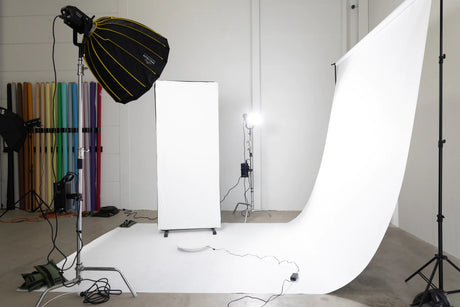Reflectors can be considered as one of the essentials needed in photography. It is very uncommon for a photographer not to seek for their help when trying to throw light or shadow into the subject.
Suppose you’re using a camera mounted speed light – one from Hypop’s Yongnuo range (https://www.hypop.com.au/collections/yongnuo/speedlites) for example. It will still be important to consider what effects will result from the light bouncing off surfaces such as the ceiling or a nearby wall. And if your wall or ceiling is not white, you’ll find that the colour of the finished image will also be affected.
Let’s talk about shooting outdoors. Geoff Lawrence, a photographer based in Spain, illustrates in his tutorial site how essential it is to consider the strength of the ambient light when working outside. We can also learn a thing from Britain’s Next Top Model wherein a translucent panel is used to shade the subject if the light is too strong.
There is no need to use a different reflector when working indoors. Although many big commercial studios would prefer using 8’x4’ pieces of white polystyrene painted matte black on one side. It is so they can be used to both reflect light back and throw shadow into a subject. Most of the time, however, using reflectors such as those found at Hypop (https://www.hypop.com.au/collections/reflector) would suffice.
Don’t forget that reflectors will be especially useful if you’re working with available natural light. It will give you up to three stops more light than you would have without using one.
I usually use reflectors that are mounted on a boom stand, which would be perfect if you’re working alone. If you want variety yet worried about portability and compactness, Hypop has a convenient 5-in-1 reflector that offers a selection of white, black, gold, silver, and translucent.
The post Reflectors appeared first on Hypop Photography Tips.










